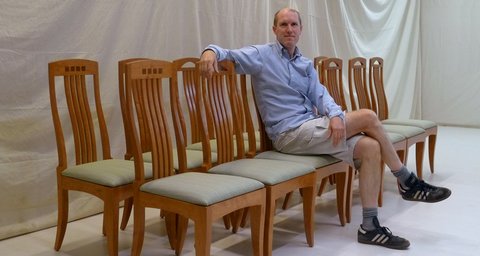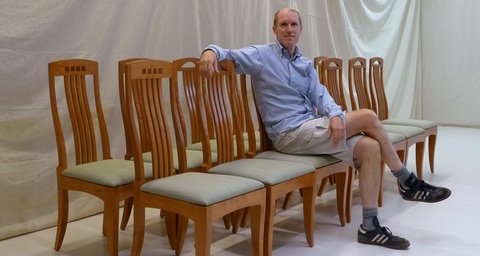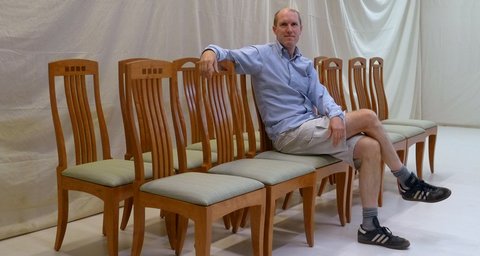By 2004, his vision had broadened and he started an organization, Student Movement for Real Change, to encourage entrepreneurship in third world communities. Through this organization, he sent students to live with local families, hunt for water sources, farm alongside villagers and absorb the day-to-day nuances of life in a developing country with the goal of building social businesses along with the local residents.
Over the last two years, Mr. Garlick and his team have produced some 50 such “microenterprises” — including one that finances water projects in Kenya, one that sells charcoal and stoves in Rwanda and a cocoa nursery in Ghana.
THE CHALLENGE By 2009, Mr. Garlick’s social enterprise, renamed ThinkImpact, was raising about $400,000 a year to support the cause. But along with running the enterprise, it had to raise funds, monitor and evaluate programs, and provide transparency. Its employees were paid below-market wages, the hours seemed endless and the organization would soon be missing payrolls.
“Nothing about that scenario was sustainable,” Mr. Garlick said. “And scale depended solely on fund-raising ability.” He was convinced there had to be a better way.
THE BACKGROUND In 2007, Mr. Garlick started taking a salary. He was 23, out of school and working full time for his organization — mostly to find supporters for the cause. The workload grew and he hired another recent graduate to run daily operations.
“I thought that was going to make everything easier, but it didn’t,” said Mr. Garlick, expressing a common frustration for nonprofits: the endless pressure to raise funds takes away from time spent doing the organization’s work. “Many of the aspirational young nonprofit employees become beggars. They are seeking a way out of a tortuous financial reality where they are building the plane while flying it.”
Adding to the pressure was the way Mr. Garlick and his team were encouraged to raise funds. They were advised not to “place all their eggs in one basket,” by relying on a sole funder or a single government agency. Instead, ThinkImpact diversified its reach and sought donations in smaller amounts.
Eventually, Mr. Garlick realized that trying to please hundreds of stakeholders was a rather chaotic way to raise money and run a business. “In actual fact, unless you’re running for president, or have a team that exists to raise small dollars, you can’t meet payroll that way,” he said. “People give $20 and think they own your decision-making.”
On the ground, ThinkImpact broadened its reach. More than 100 young people worked with the organization in Africa, primarily in South Africa and Kenya, where they established a strong presence. In addition to developing a curriculum for social enterprise educational experiences, they were adapting to local needs, providing health workshops that reached hundreds of villages in Kenya, and building more than 50 homegrown development projects with the participation of the local community.
But in 2010, after attending a weeklong workshop where he met fellow social entrepreneurs and investors, Mr. Garlick started asking serious questions about his own business model. The questions included: What is our specialty? What value do we produce in people’s lives? How big can we get? How do we arrange for sufficient financing to let us focus on our real work?
THE OPTIONS After missing a couple of payrolls in 2010, Mr. Garlick concluded he had three options.
Option 1: Remain a nonprofit. With contracts from two universities for about $50,000 and funds from donations, grants and foundations expected to bring in $25,000 to $100,000, Mr. Garlick felt constricted. To really grow, he estimated that he would need $200,000 to $250,000 more. But raising that money would be exceedingly difficult using traditional methods and would keep the company almost endlessly locked into fund-raising mode.

Article source: http://www.nytimes.com/2013/07/11/business/smallbusiness/a-social-entrepreneurs-dilemma-nonprofit-or-for-profit.html?partner=rss&emc=rss



